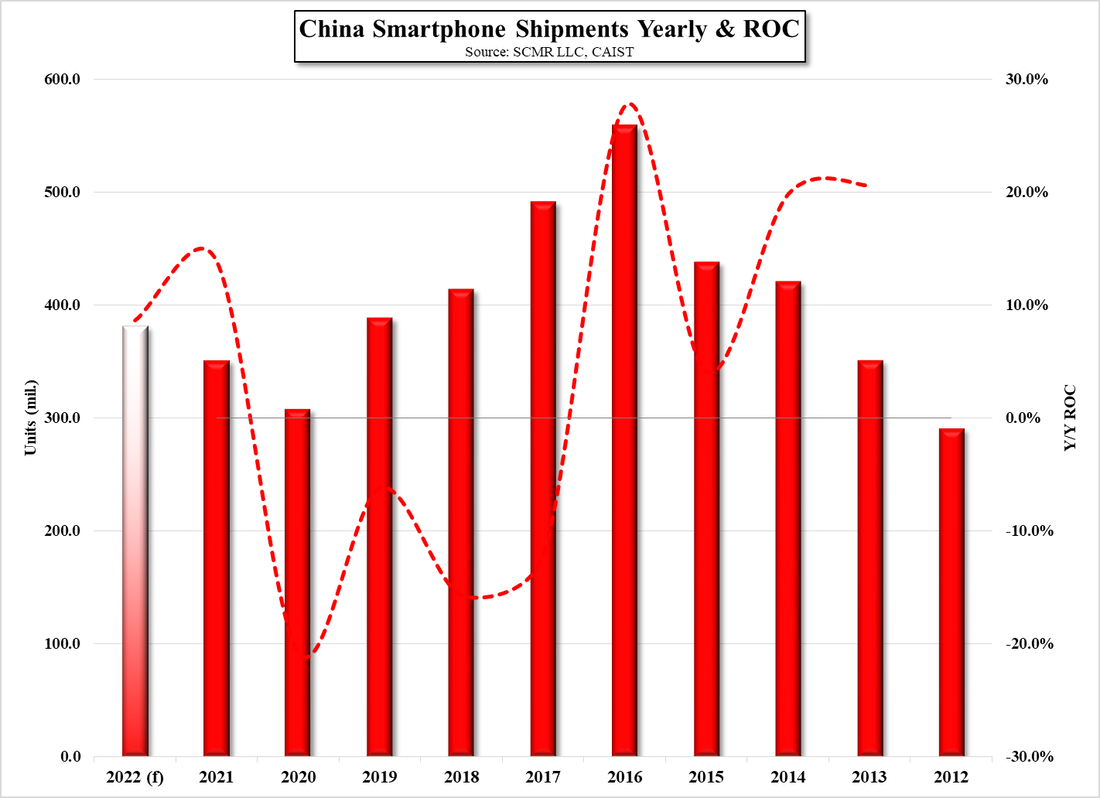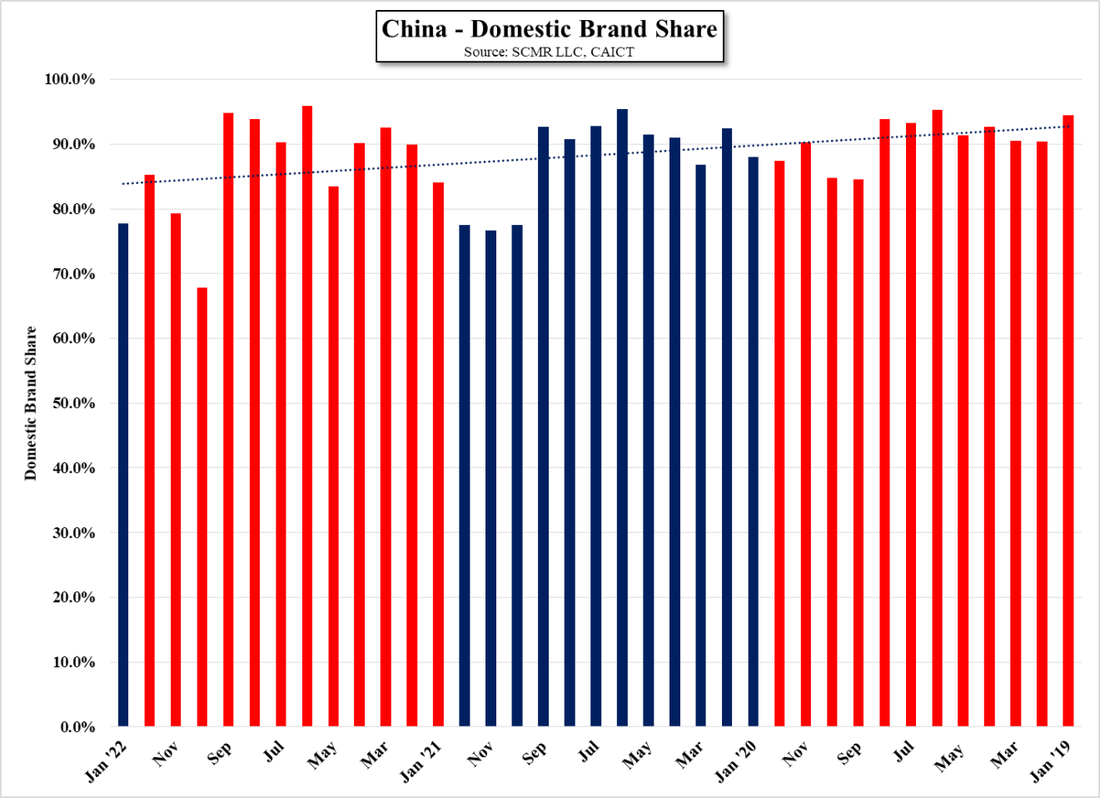Samsung Spreads Out
However last year Samsung moved two smartphone production lines back to its factory in Gumi, South Korea, where it has testing facilities and production capabilities for the domestic Korean market. This ‘reshoring’, as the company calls it, was in response to some of the stringent lockdowns implemented in Vietnam and India due to COVID-19 outbreaks, and was a way to make sure that such lockdowns do not affect the company’s overall smartphone assembly capacity, although it would seem to be creating at least some capacity that might be underutilized at times.
With the recently announced increase in spending in Vietnam, it seems that Samsung is indicating that it is now prepared for any COVID-19 or other potential production problems on a global basis, with additional capacity, albeit relatively small in Brazil and Indonesia and is still focused on using Vietnam’s assembly capabilities, cost structure, and tax incentives as its Southeast Asian manufacturing hub. Samsung has no smartphone assembly facilities in the US, despite the size of the market and Samsung’s share, with most smartphone product for the US shipped from Vietnam. Chinese brand Vivo (pvt) also announced a $467m US investment toward expanding its production capabilities in India, where with its sister brand Oppo (pvt) they hold a combined 32.3% share, which will allow it to both better serve the India market and export to nearby regions.
[1] Estimates vary considerably as to the unit volume from both the Vietnam and Indian plants, however they are the bulk of Samsung’s smartphone assembly capacity.

















 RSS Feed
RSS Feed